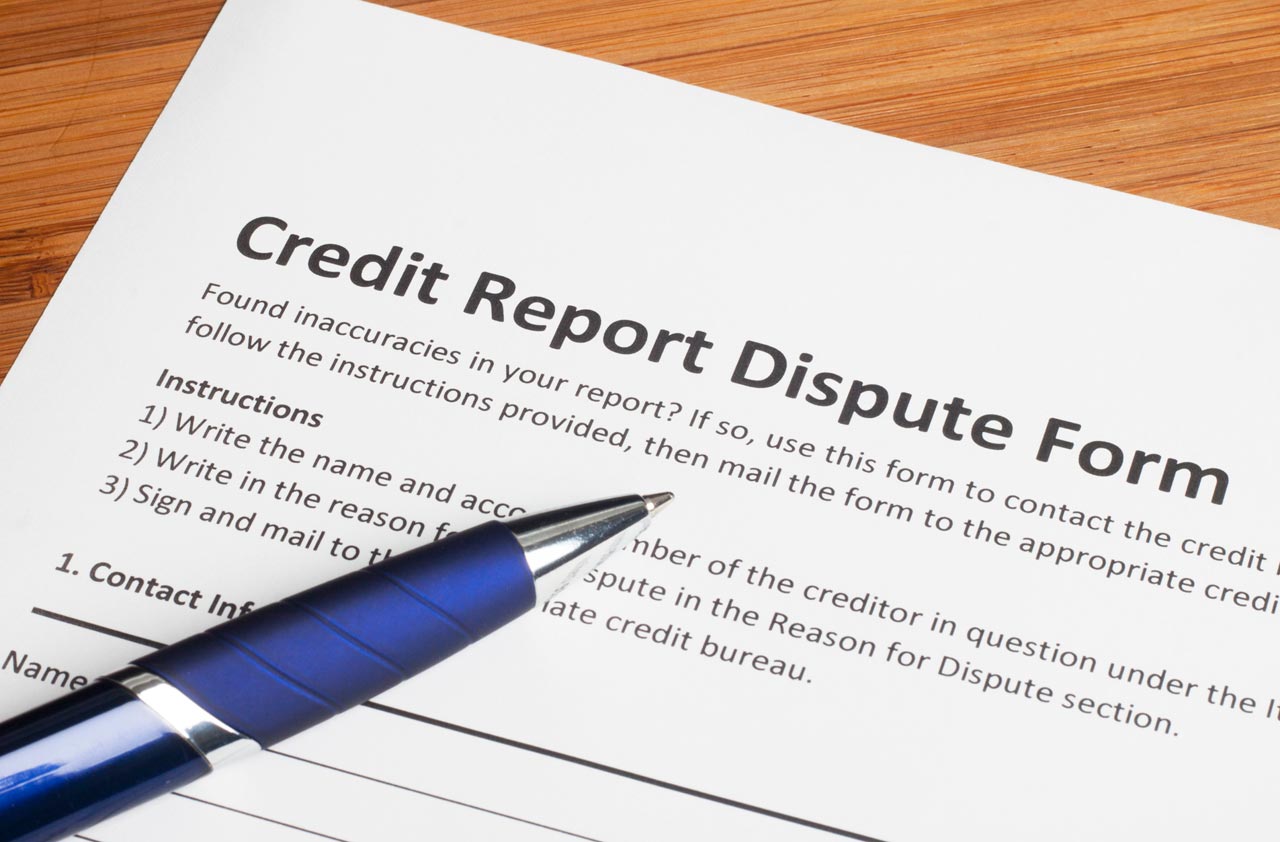12 Ways to Prepare for Storm Season
Take steps now to protect your home and your finances from storm damage.

We got totally slammed with rain last week, and I know that hurricane season is coming up soon. What should I be doing now to protect my home from spring and summer storms?
Last week’s torrential rain, tornadoes and wildfires reminded everyone how important it is to get ready for spring and summer weather -- especially before hurricane season starts on June 1. Here are 12 steps you can take now to protect your home and your finances from potential disasters.
Trim trees. Flying branches and falling trees are some of the most common -- and expensive -- causes of damage during hurricane season. And you may get stuck with a big chunk of the bill. Your homeowners insurance policy will generally cover damage to your home caused by trees, but it usually pays no more than $500 to $1,000 for tree removal, even though it can cost a few thousand dollars to clean up a fallen tree (see When a Tree Falls in Your Neighbor’s Yard for more information about insurance and fallen trees). Bob Welther, assistant vice-president of the risk consulting group for insurer ACE Private Risk Services, recommends having an arborist come out each spring to inspect the trees near your home to identify any branches that could come crashing down.

Sign up for Kiplinger’s Free E-Newsletters
Profit and prosper with the best of expert advice on investing, taxes, retirement, personal finance and more - straight to your e-mail.
Profit and prosper with the best of expert advice - straight to your e-mail.
Clean gutters and waterproof your house. Remove leaves and other debris from your gutters, which can clog them and send water pouring down the side of your house or under the roof. And check for cracks that could let water into your house. Welther recommends that you inspect your roof and make sure none of the shingles or tiles are damaged and that the vents are all sealed so wind-driven rain won’t enter your house. See Spring Home Maintenance Checklist for more ideas.
Get a backup sump pump. Last week’s rains reminded people how important it can be to have a good sump pump, especially if you have a finished basement. If your sump pump stops working or gets overloaded, the water could pour into your house -- and the damage may not be covered by insurance (see below). Have a battery backup for your sump pump, in case the electricity goes out. Even better, says Welther, is to add a battery-powered sump pump as a second pump, which gives you twice the capacity.
Secure your yard. The grading of your yard can determine whether storm water runs away from your home or into it. Damage from water that seeps through your walls or floors may not be covered by your homeowners insurance policy. (See Home Improvements to Consider Before a Flood at DisasterSafety.org for more information.) Also secure lawn furniture and other outdoor items before a storm arrives, so strong winds don’t turn them into projectiles.
Consider installing storm shutters. Storm shutters can do a lot to protect your home from hurricanes and other big storms. You’ll need time to buy them and have them installed, so don’t wait until the last minute. Contact your homeowners insurer first to see what kind of shutters you would need to qualify for a discount on your premiums. Also see Protect Your Home in a FLASH, from the Federal Alliance for Safe Homes, for other home improvements that can protect your home from hurricanes, and you can get other ideas by entering your zip code at DisasterSafety.org for a list of common risks in your area and advice to help you protect your home.
Prepare a disaster kit. Put together an emergency kit that can help if you lose electricity during a storm. It should consist of a battery-operated radio (and extra batteries), flashlights and a landline phone that isn’t cordless (so you don’t depend on power from your electric utility). Keep some extra cash in case ATMs are on the blink for a while, and keep a phone charger in your car. The Red Cross also recommends stocking a three-day supply of food and water for everyone in your house, a first-aid kit and a seven-day supply of medications. See 7 Must-Haves for Your Emergency Kit and the Red Cross Store for pre-made emergency kits. Also see FEMA’s fact sheet on building a disaster-supplies kit.
Prepare a “go kit.” Put together a box or file that you can grab quickly if evacuated, including your insurance policies, contact information for your insurance company, agent and other emergency contacts, your home inventory, extra keys, powers of attorney, and other important financial and personal records, says Welther.
Consider a generator. Keeping the electricity running during a power outage can also help protect your home -- by powering your alarm system, sump pump and air conditioning. You may even get a 5% discount on your homeowners insurance if you install an automatic standby generator, which runs on natural gas or propane and turns on automatically after detecting a power outage. See The Costs, Benefits of a Generator for more information.
Get coverage for sewage backups. It isn’t unusual for heavy rains to overburden the storm water system or for your sump pump to stop working during storm season, causing water or sewage to back up into your house. The damage can be smelly and expensive, especially if you have a finished basement. Sewage-backup coverage isn’t included in most homeowners policies, but you can generally buy a rider that costs about $50 to $75 to provide $10,000 to $20,000 of sewage-backup coverage (ACE and some other high-end insurers do cover sewage backup with their standard policies). Ask your agent or insurer whether you’re covered.
Make sure you have the right amount of insurance. Let your insurance company know about any home improvements that affect the cost to rebuild your home (many insurers limit your coverage to 125% or less of your insurance amount). Some insurers send an appraiser to your house to help estimate the replacement cost of your home; other agents or insurers will accept detailed information about the upgrades over the phone. You can also get an estimate of rebuilding costs at AccuCoverage.com (the service costs $7.95). See Check Up on Your Home Insurance for more information. You can also get advice from the Insurance Information Institute, at www.iii.org.
Consider flood coverage. Flood damage isn’t covered by homeowners insurance, but you can get a policy from the National Flood Insurance Program for about $200 to $2,000 per year, depending on the risk in your area. You can usually buy coverage through your insurance agent, or find agents and price quotes and the risk of flooding at your address at www.floodsmart.gov. See Insurance Coverage for Summer Storm Damage for more information. Also see Protect Your Home With Flood Insurance and Lessons From the Floods.
Update your home inventory. If your house is destroyed, you may have trouble remembering everything you owned and may not be able to put your hands on receipts for valuable items. Take the time now to create an up-to-date home inventory, or update one you already have. Having a home inventory prepared in advance can help speed up the claims process after a disaster. You can take pictures or videos with your smart phone and save them either in the cloud or in an e-mail, so you can access them in an emergency. Several apps, such as the one from KnowYourStuff.org, make it easy to gather the information. See Getting a Storm Claim Paid for more information.
Get Kiplinger Today newsletter — free
Profit and prosper with the best of Kiplinger's advice on investing, taxes, retirement, personal finance and much more. Delivered daily. Enter your email in the box and click Sign Me Up.

As the "Ask Kim" columnist for Kiplinger's Personal Finance, Lankford receives hundreds of personal finance questions from readers every month. She is the author of Rescue Your Financial Life (McGraw-Hill, 2003), The Insurance Maze: How You Can Save Money on Insurance -- and Still Get the Coverage You Need (Kaplan, 2006), Kiplinger's Ask Kim for Money Smart Solutions (Kaplan, 2007) and The Kiplinger/BBB Personal Finance Guide for Military Families. She is frequently featured as a financial expert on television and radio, including NBC's Today Show, CNN, CNBC and National Public Radio.
-
 Stock Market Today: Stocks Gain on Tech, Auto Tariff Talk
Stock Market Today: Stocks Gain on Tech, Auto Tariff TalkThe Trump administration said late Friday that it will temporarily halt tariffs on some Chinese tech imports.
By Karee Venema Published
-
 Sam's Club Plans Aggressive Expansion: Discover Its New Locations
Sam's Club Plans Aggressive Expansion: Discover Its New LocationsSam's Club expansion plans will open up to 15 new stores each year. Learn where they plan to open in 2025.
By Sean Jackson Published
-
 Credit Report Error? They All Matter
Credit Report Error? They All Mattercredit & debt Don't dismiss a minor error. It could be the sign of something more serious.
By Kimberly Lankford Published
-
 Insurance for a Learning Driver
Insurance for a Learning Driverinsurance Adding a teen driver to your plan will raise premiums, but there are things you can do to help reduce them.
By Kimberly Lankford Published
-
 529 Plans Aren’t Just for Kids
529 Plans Aren’t Just for Kids529 Plans You don’t have to be college-age to use the money tax-free, but there are stipulations.
By Kimberly Lankford Published
-
 When to Transfer Ownership of a Custodial Account
When to Transfer Ownership of a Custodial Accountsavings Before your child turns 18, you should check with your broker about the account's age of majority and termination.
By Kimberly Lankford Published
-
 Borrowers Get More Time to Repay 401(k) Loans
Borrowers Get More Time to Repay 401(k) Loansretirement If you leave your job while you have an outstanding 401(k) loan, Uncle Sam now gives you extra time to repay it -- thanks to the new tax law.
By Kimberly Lankford Published
-
 When It Pays to Buy Travel Insurance
When It Pays to Buy Travel InsuranceTravel Investing in travel insurance can help recover some costs when your vacation gets ruined by a natural disaster, medical emergency or other catastrophe.
By Kimberly Lankford Published
-
 What Travel Insurance Covers When Planes Are Grounded
What Travel Insurance Covers When Planes Are GroundedTravel Your travel insurance might help with some costs if your trip was delayed because of the recent grounding of Boeing 737 Max planes.
By Kimberly Lankford Published
-
 Ways to Spend Your Flexible Spending Account Money by March 15 Deadline
Ways to Spend Your Flexible Spending Account Money by March 15 Deadlinespending Many workers will be hitting the drugstore in the next few days to use up leftover flexible spending account money from 2018 so they don’t lose it.
By Kimberly Lankford Published